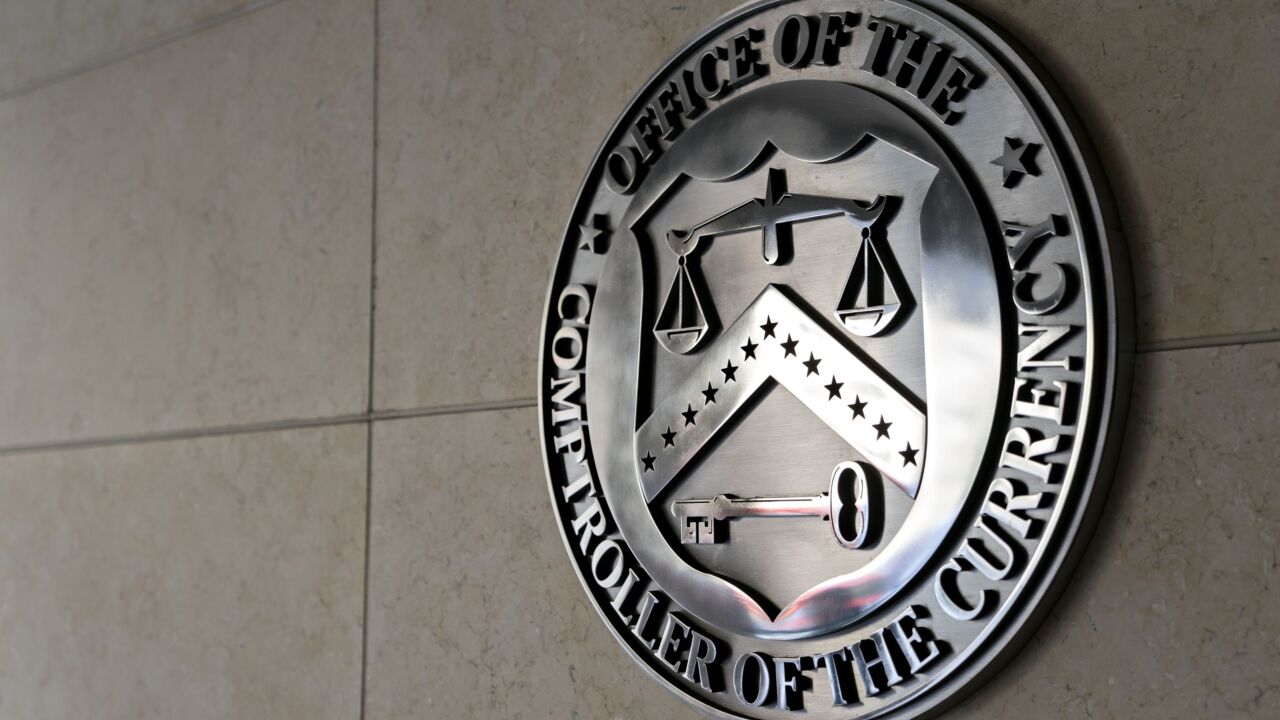Cryptocurrencies in their archetypal form operate via cryptographic arrangements, which inherently circumvent identification requirements. One core differentiator between a central bank digital currency (CBDC) and pre-existing digital currencies, such as bitcoin, is that a CBDC might conceivably be implemented to operate in tandem with a digital identity system.
The concept of a central bank-issued digital currency has been percolating within the walls of central banks across the globe over the past year. At the present moment, as COVID-19 stimulus packages are being ironed out, digital wallets are being considered by U.S. government officials as conduits for the disbursement of that relief.
The implementation of a digital dollar solution would quite likely precipitate future developments in the digital identity space, given the synergy of a dual-architecture solution.
The interlinking of a digital identity platform with digital currency accounts would ease the government in the administration of aid, and allow for remittances to transfer directly and instantaneously to citizens with a designated Social Security number. In this way, the typical blockchain "public key" that is, the address or wallet in which cryptocurrency holdings are located, akin to a bank account number or IBAN, could conceptually be replaced by a government issued unique identifier such as a "Social Security key."
A concomitant digital identity and digital wallet solution would logically act to reduce social welfare fraud. Looking at CDBC’s in the broader context of a post-pandemic future, they could also help the treasury to streamline tax collection, enabling individuals to settle dues directly from their digital wallet.
Sovereign digital identity platforms could also utilize blockchain-based smart contracts for the management and controlled sharing of personal data. Digital identity solutions could be expanded to encompass voting and medical records management, and when paired with biometrics could act as a proof of ID or passport for travel, the administering digital signatures and to provide access to banking and insurance.





